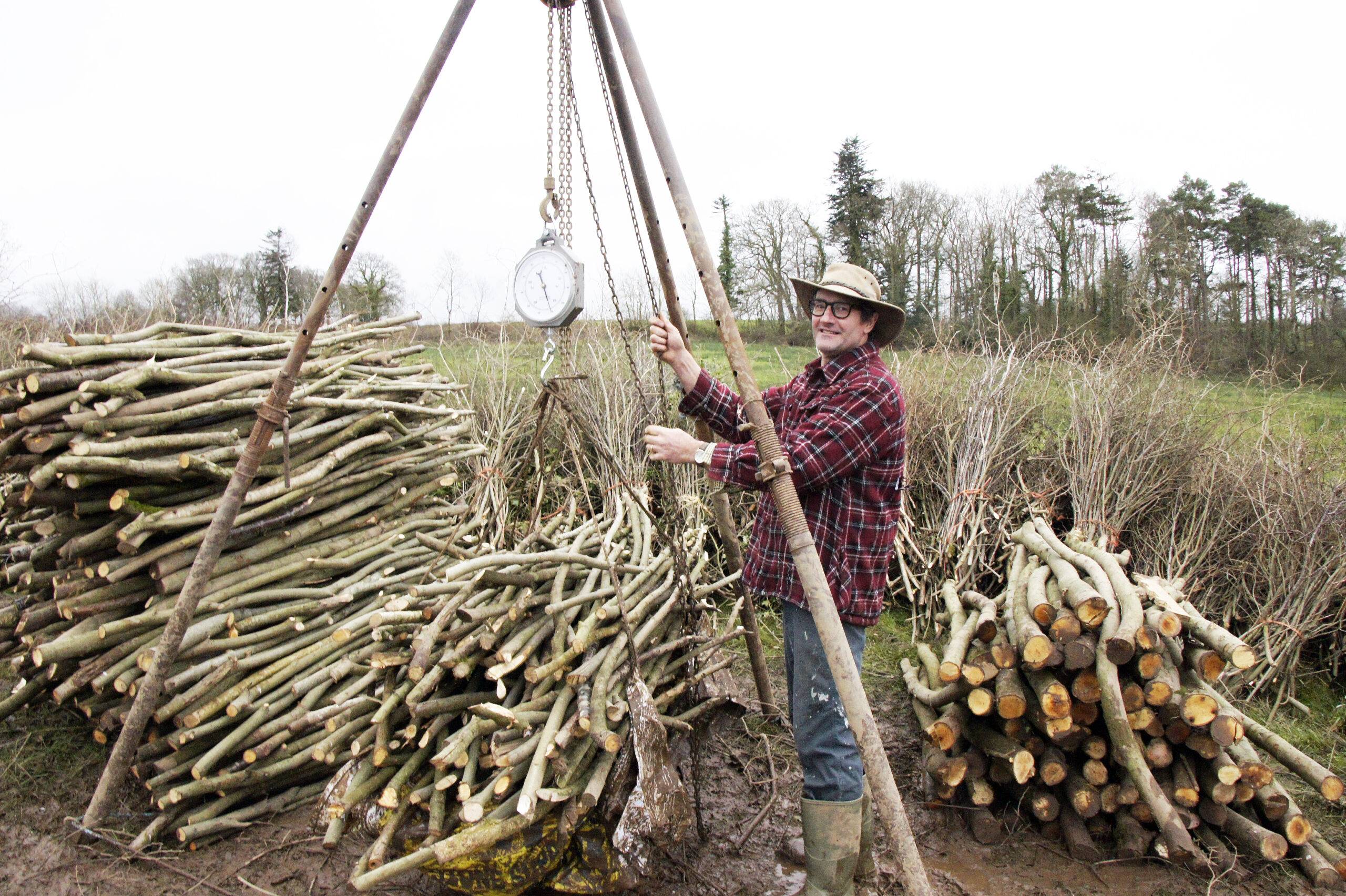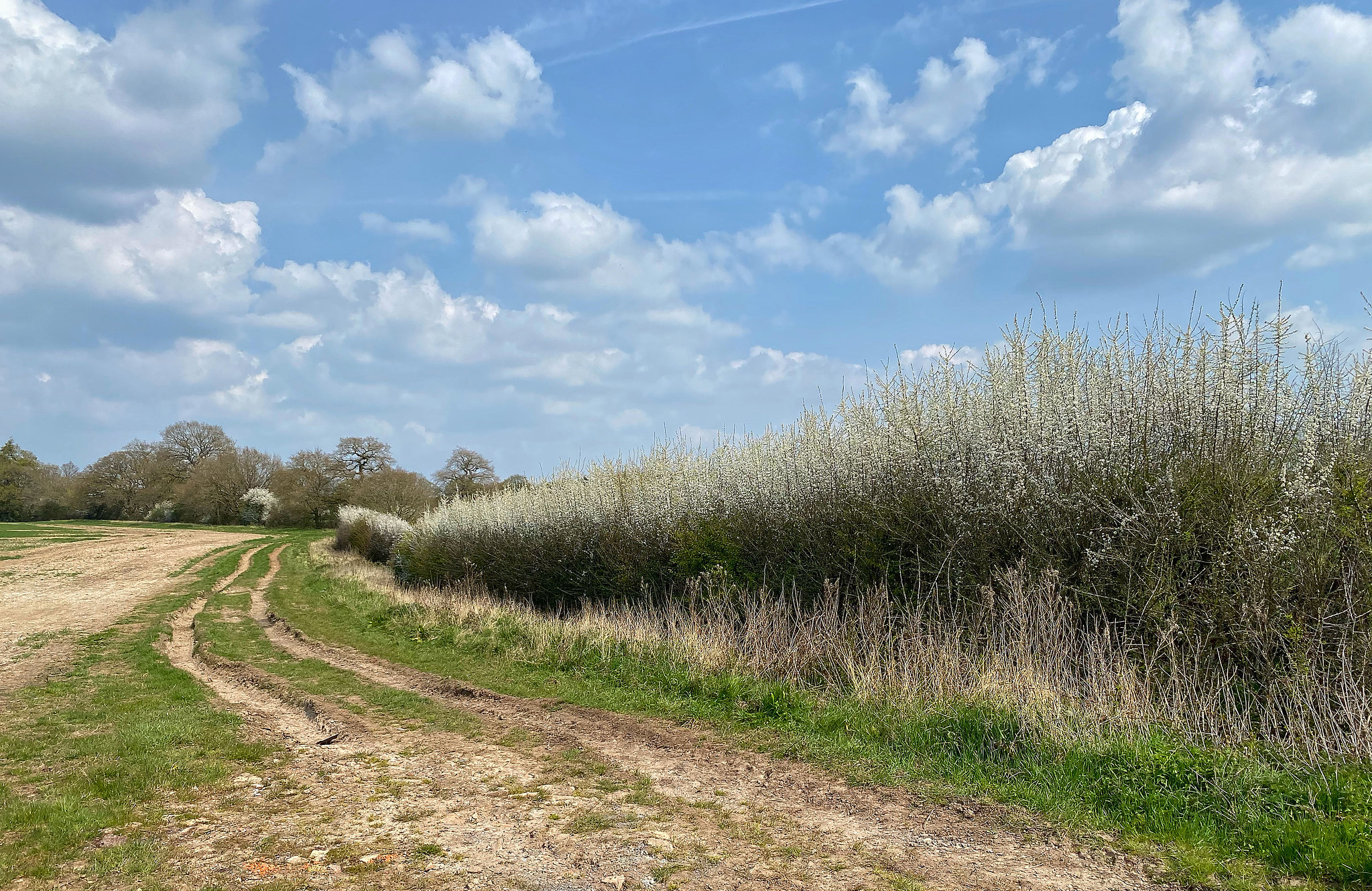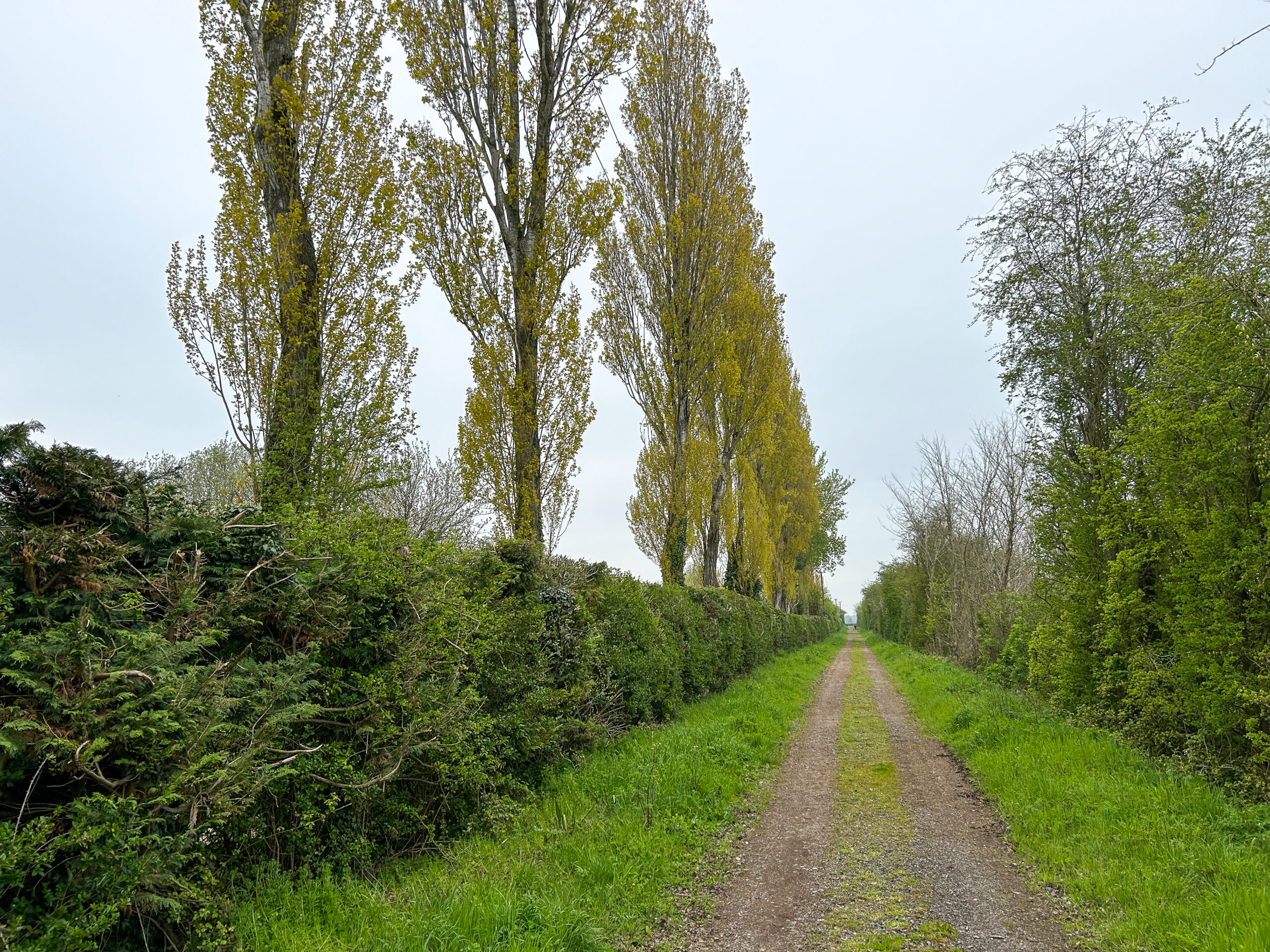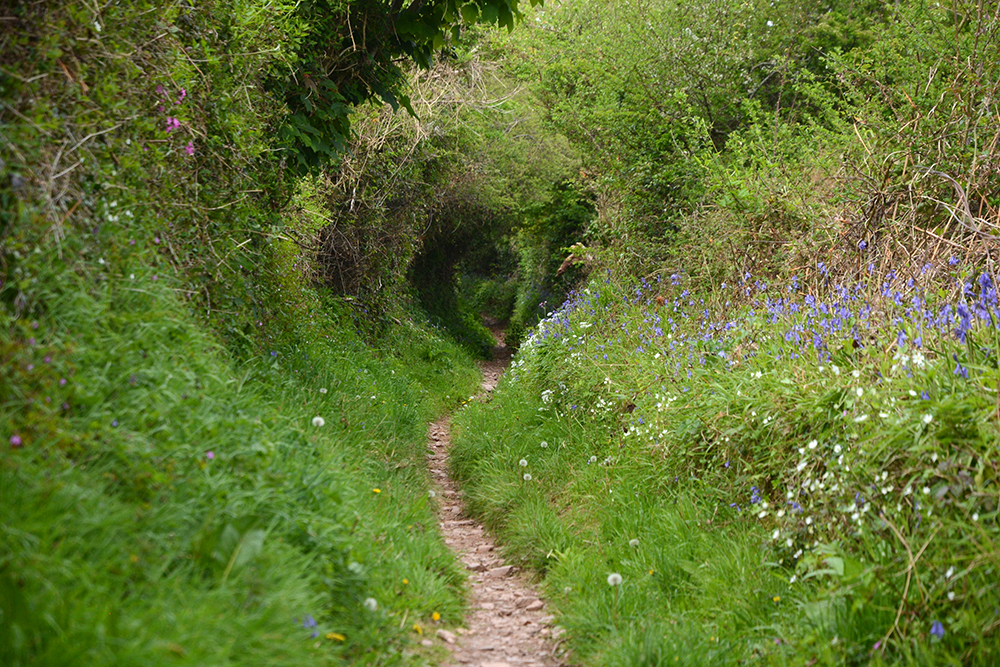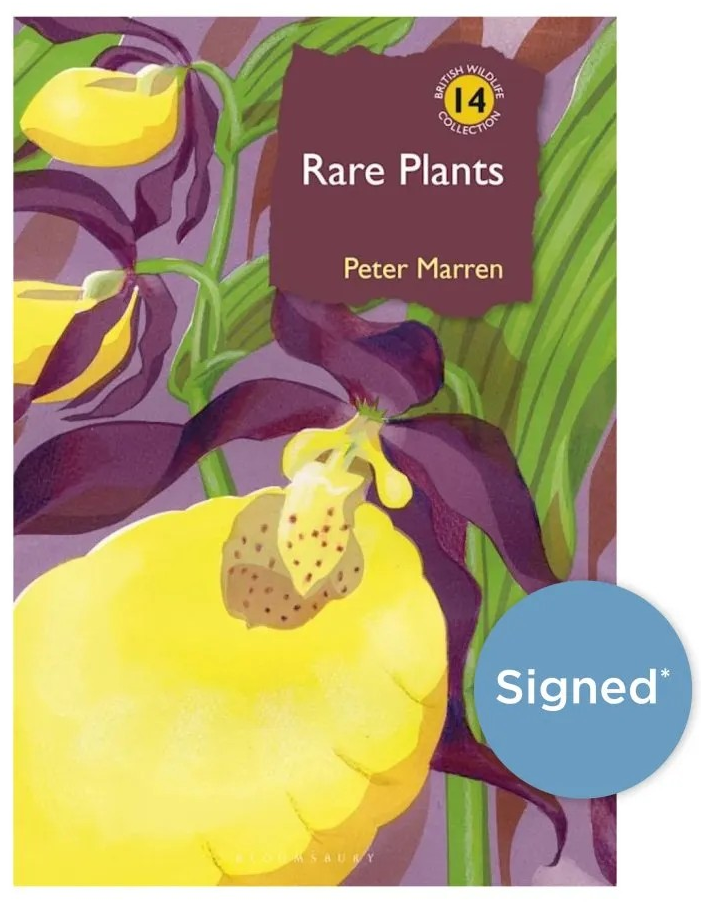 Featuring hundreds of stunning photographs, the 14th volume in the British Wildlife Collection explores the meaning of rarity in our changing world and climate. It discusses the importance of these species in our landscape, provides an overview of different conservation techniques, examines the justifications for intervening in the life of a wild species and more.
Featuring hundreds of stunning photographs, the 14th volume in the British Wildlife Collection explores the meaning of rarity in our changing world and climate. It discusses the importance of these species in our landscape, provides an overview of different conservation techniques, examines the justifications for intervening in the life of a wild species and more.
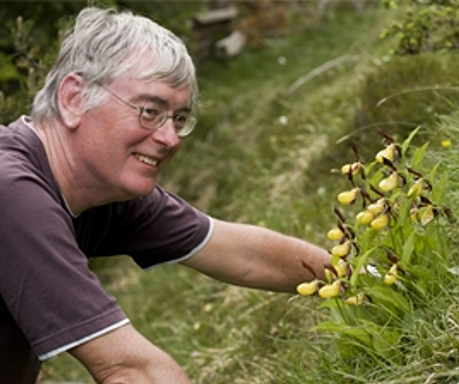
Peter Marren is a natural history writer and conservationist whose wildlife-centred writing portfolio includes newspaper journalism, obituaries, book reviews and humorous opinion pieces. He was a regular contributor to British Wildlife magazine for 33 years and is the author of more than 20 books, including Bugs Britannica, After They’re Gone, and Mushrooms – the first title in the British Wildlife Collection series.
We recently chatted with Peter about Rare Plants, where we discussed how he first became interested in botany, why he chose to focus on rare species, what inspired him to return to the British Wildlife Collection and more.
Firstly, can you tell us a little bit about yourself, and how you became interested in botany?
I have been interested in wild flowers since boyhood. I was lucky enough to have had a rural childhood, but my first serious attempt to track down rarities was during my gap year when I tried to find every British species of orchid. I failed.
What I love about flowers is that they evoke so much about our surroundings, the colour and texture of the landscape, its land-use and history, and its seasonality. Rare flowers in particular express the fine tuning of nature, and their presence suggests that here we are standing in a special place – one that, for whatever reason, has changed less, has perhaps preserved more of its naturalness, more stability. They are also wonderful in themselves. Orchids, for instance, trick and confuse insects into doing their bidding. Our alpine flowers are living links with the Ice Age. Bluebells have a scent that is impossible to reproduce chemically. These are some of the reasons why I love field botany.
Your first contribution to the British Wildlife Collection was the first monograph in the series, Mushrooms, which was published in 2012. What inspired you to return to this renowned series for the 14th volume?
I returned to the series because Katy, who edits the titles, asked me to! In the 1990s I wrote a book in association with Plantlife and the then English Nature, titled Britain’s Rare Flowers (1999). The rights are now owned by Bloomsbury, who publish the British Wildlife Collection, and she suggested that I revise the book for the series. It didn’t take long for a revision to turn into a completely new book, and I broadened the scope from angiosperms to wild plants in general, including pteridophytes, bryophytes and algae, and to Ireland as well as Great Britain – hence, Rare Plants. I dedicated it to my old friend, the plant photographer Bob Gibbons and his partner Libby, and half the 300-odd images are his.
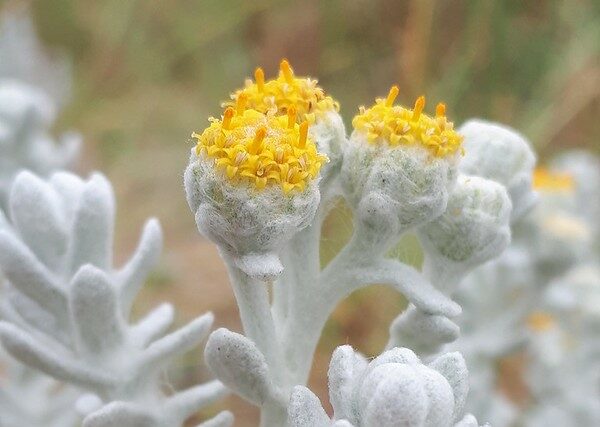
Why did you decide to focus on rare plant species for this book?
I concentrated on rarities partly because they are the focus of conservation efforts, and partly because they are the highlight of any excursion (as botanical trips are known). Rare plants have more ‘geography’. If only you knew enough, you could probably place yourself exactly where you are in the landscape without recourse to a map simply by looking at the plants. Britain is that kind of place: intimate, complex, infinitely varied. Above that, there’s the eternal thrill of tracking down a rarity, whether it’s a flower, or a bird, or a Ming vase. If you love plants, then setting your eye for the first time on an elusive species you have long known about and pictured in your mind is a moment to savour. As I hope I communicated in my book, Chasing the Ghost.
This is an incredibly well-researched and detailed book that covers all aspects of Britain and Ireland’s flora, from the uniqueness of some species and details on why plants become rare, to their role and representation within our culture. What was the most interesting aspect of researching this book?
What I enjoyed most when researching Rare Plants (and it was quite an enjoyable book generally) was the impressive new work on apomictic plants, that is, the ones that do without sex and so perpetuate minute differences. It helps that whitebeams and hawkweeds are not only beautiful in themselves, but tend to grow in beautiful landscapes. I was also enthralled by all the activity in the world of mosses and liverworts, mapping them in the same detail as ‘higher’ plants and getting them onto the conservation agenda. Some species have incredibly narrow niches, confined to lead mining spoil or lime kilns, or china-clay pits. Both are the work of relatively small groups of specialists who combine biological know-how with the ability to communicate to wider audiences – and to take brilliant photographs. I could say the same about lichens, but they aren’t really plants. So someone else will have to do them.

In the first chapter of the book, you discuss the IUCN’s criteria and red list. How accurate do you think this assessment is, and are there any disadvantages to using this method of classification to determine the rarity, and future protection, of any given species?
The IUCN criteria are only as good as current knowledge allows. Conservationists love to list and pigeon-hole; it creates a kind of order. But, in a rapidly changing world, the vulnerability of species is itself changing. Government and officialdom haven’t yet caught up with climate change and its implications for our flora. I think the most endangered plants are now our northern and arctic-alpine species, especially those that need long, cold winters with plenty of snow. It isn’t outright habitat destruction so much as the subtle consequences of a warmer but wetter and windier climate. The other problem with pigeon-holing is that it is boring. It creates the idea of fragile ‘things’, like pieces of china, and diverts our eyes from the marvels of the living plant with its ability to meld with its habitat, compete with its neighbours, and find necessary partnerships to survive.
The same idea of plants as passive ‘things’ has led well-meaning conservationists to substitute gardening for conservation. Plant conservation is under-funded and, alas, also under-expertised. Academic botany is in decline (count the university courses – not many).
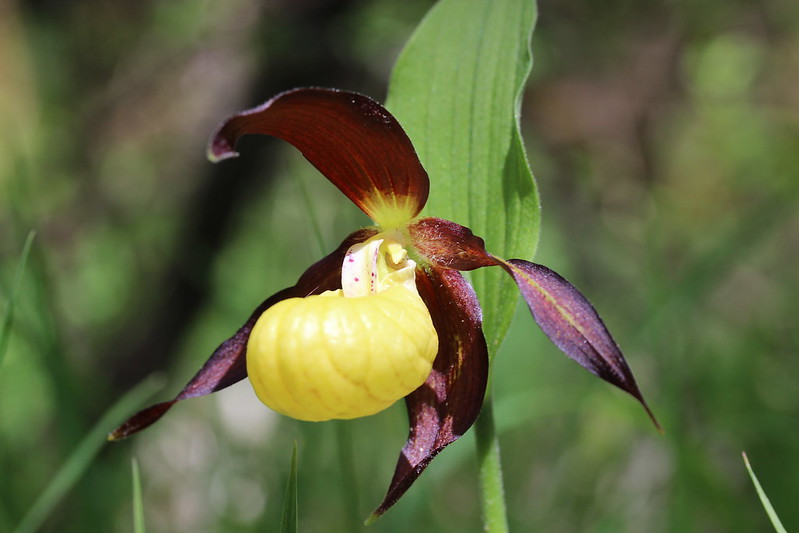
Finally, what’s taking up your time at the moment? Are you planning on working on any future volumes in the British Wildlife Collection?
I doubt I’ll be writing any more books for this series. They take a long time and I’m getting on a bit! Besides, these are hard times for writers who aren’t footballers or chefs, or others who have become famous from constant exposure in the media. While the natural history bookshelf has never been more bountiful, some of us are working for less than the minimum wage! I’ve recently finished a book (my 27th, I think) about the world’s most noxious plants called The Devil’s Garden, which was fun, and I hope will be fun to read. I love plants that defend themselves with alchemy, vicious thorns and stings, horrific poisons, or play mind-games with their pollinators; in short those with a wicked reputation. They provide an antidote to the idea of plants as passive and compliant.
Vivat flores!
(Long live the flowers)
Rare Plants is available from our online bookstore here.

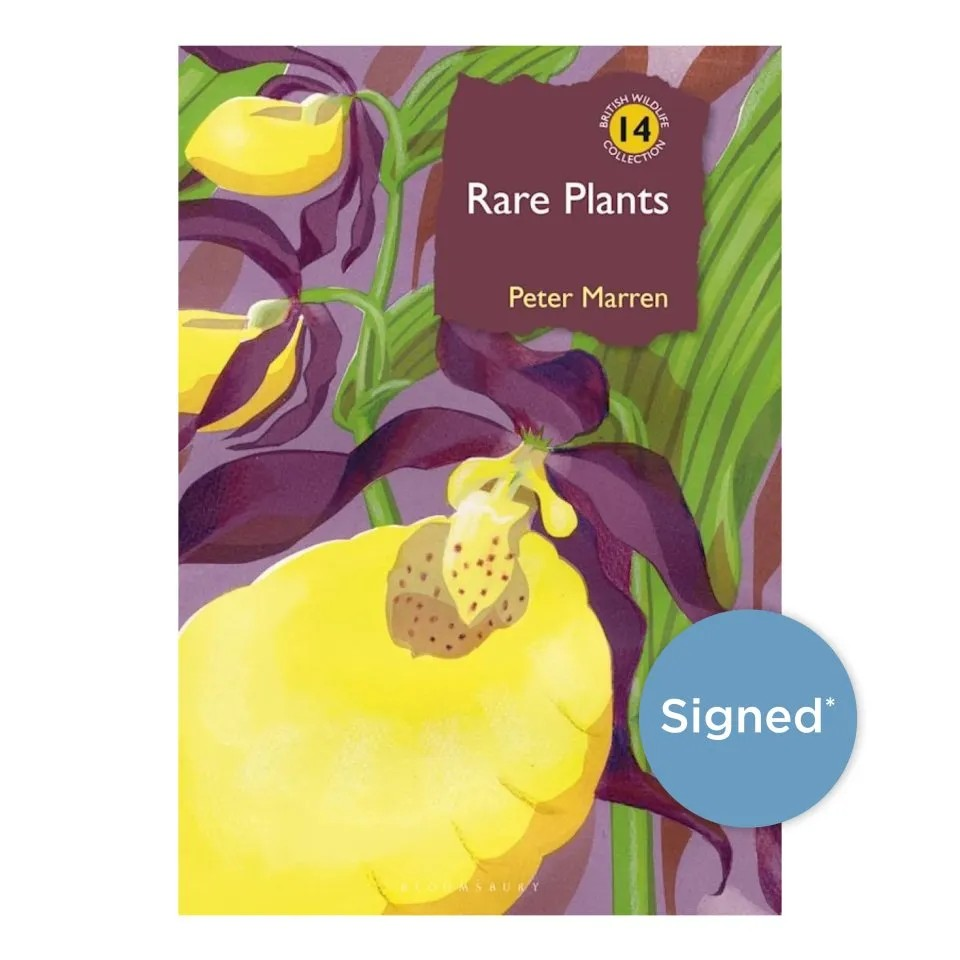
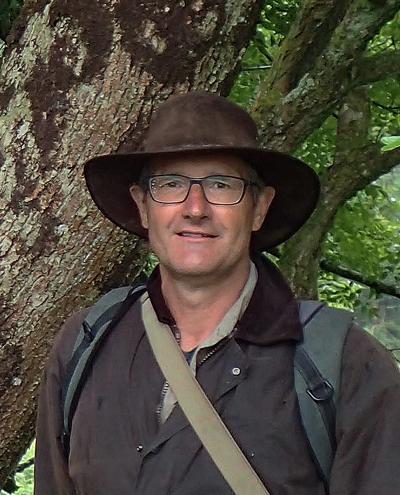
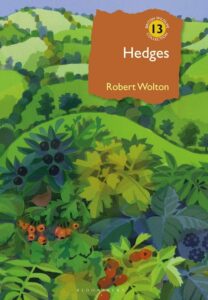 In Hedges, Robert Wolton brings together decades of research and personal experiences from his farm in Devon to explore the ecology, biology, nature conservation and wider environmental values of the hedges in the British Isles. Containing over 300 photographs and figures, this latest addition to the British Wildlife Collection offers a detailed commentary on hedges and their importance in our landscape.
In Hedges, Robert Wolton brings together decades of research and personal experiences from his farm in Devon to explore the ecology, biology, nature conservation and wider environmental values of the hedges in the British Isles. Containing over 300 photographs and figures, this latest addition to the British Wildlife Collection offers a detailed commentary on hedges and their importance in our landscape.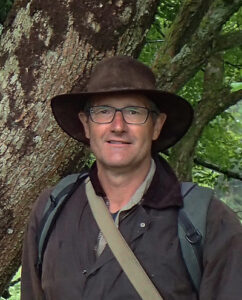 Robert is an ecological consultant and writer specialising in the management of farmland and associated habitats for wildlife. He is a former hedgerow specialist for Natural England, the founder, chair, editor and lead author of the Devon Hedge Group, has been involved in Hedgelink since it began, and has written a number of reports and articles specialising in hedges.
Robert is an ecological consultant and writer specialising in the management of farmland and associated habitats for wildlife. He is a former hedgerow specialist for Natural England, the founder, chair, editor and lead author of the Devon Hedge Group, has been involved in Hedgelink since it began, and has written a number of reports and articles specialising in hedges.